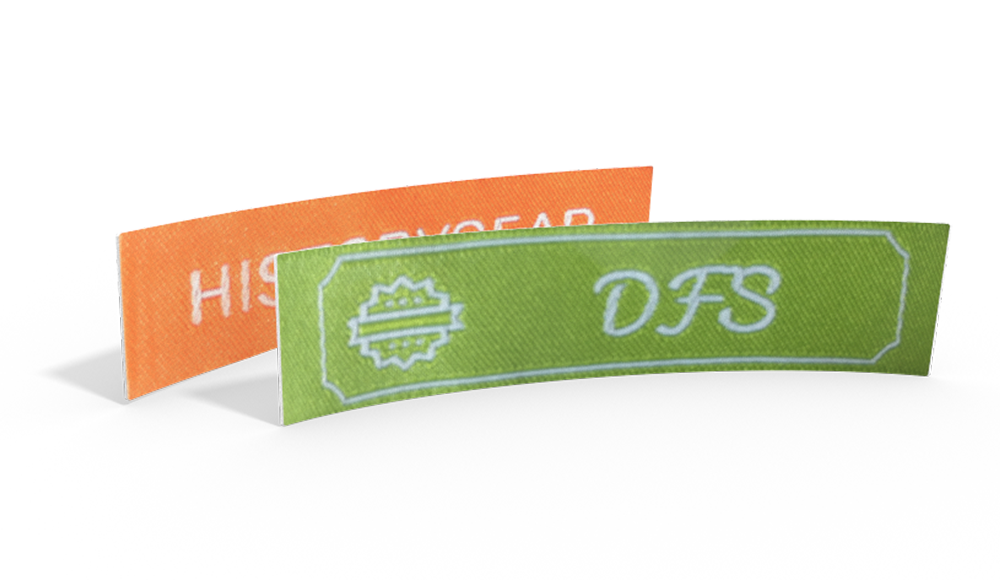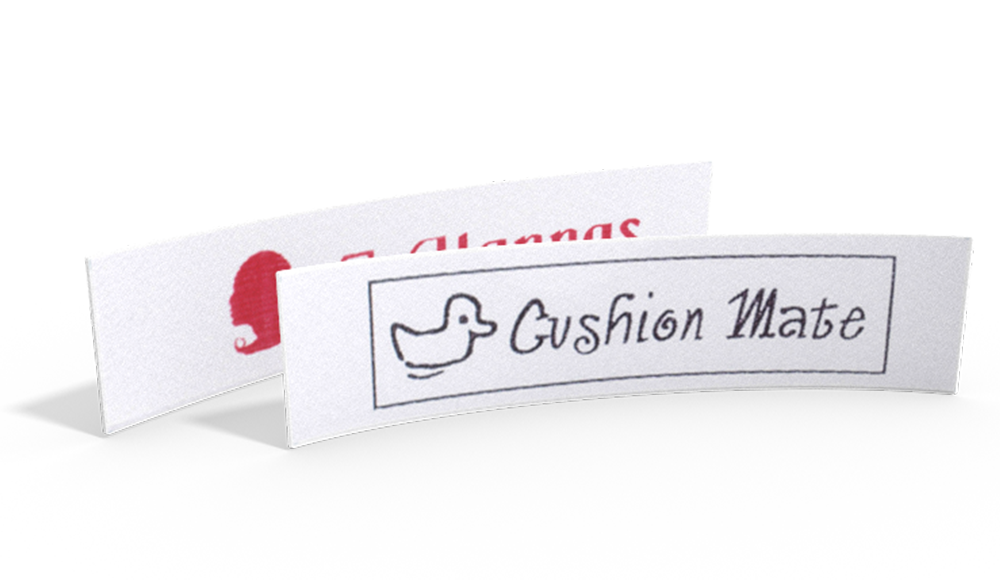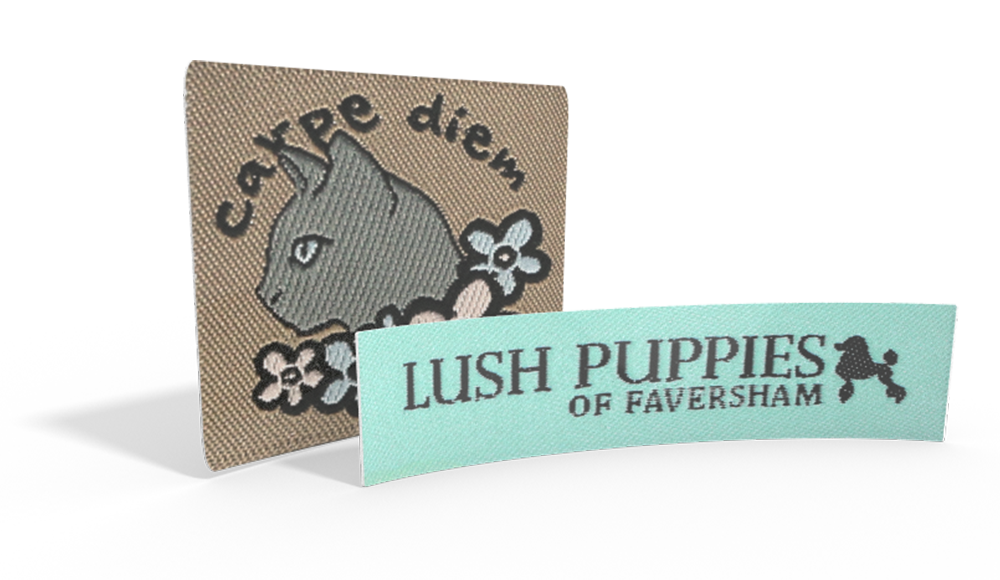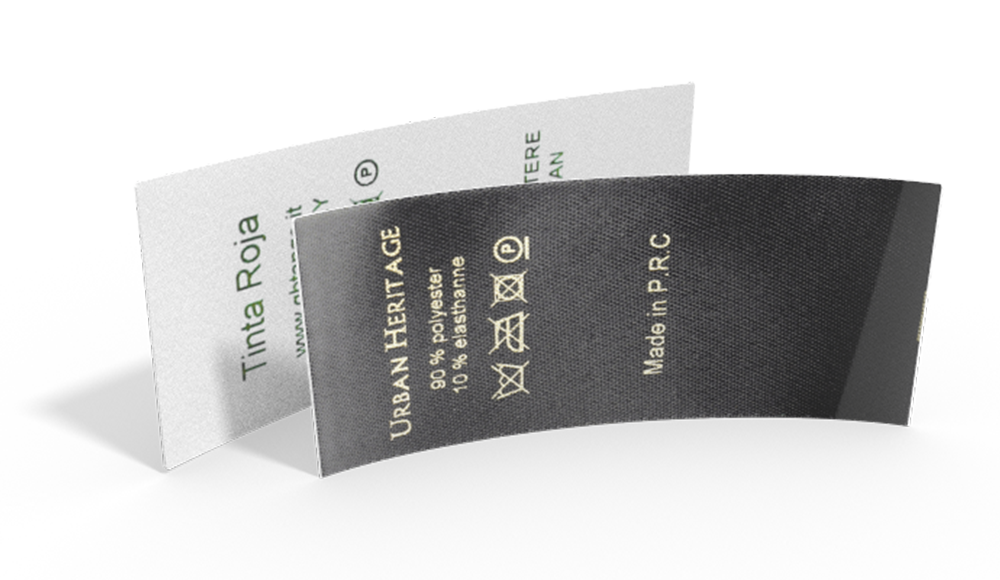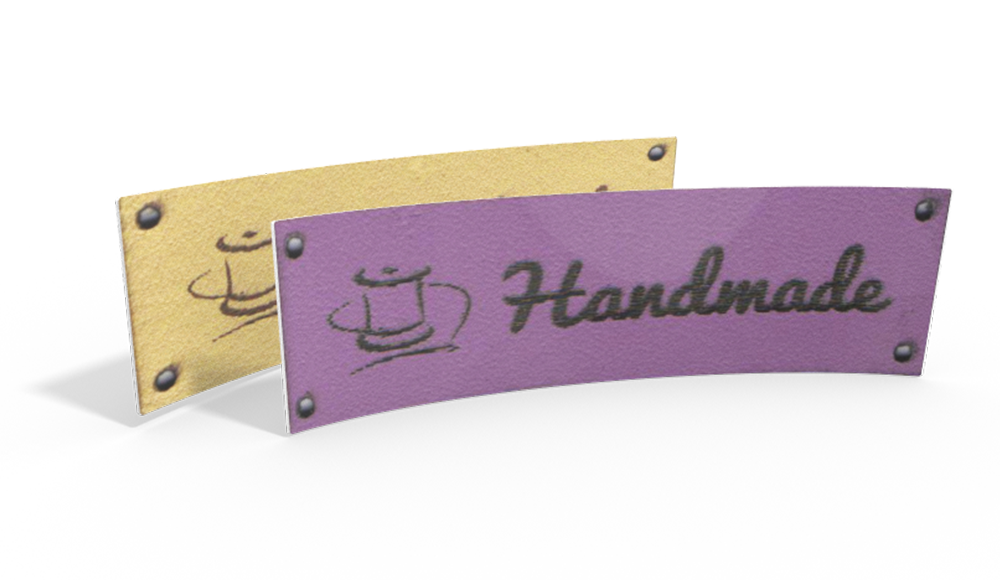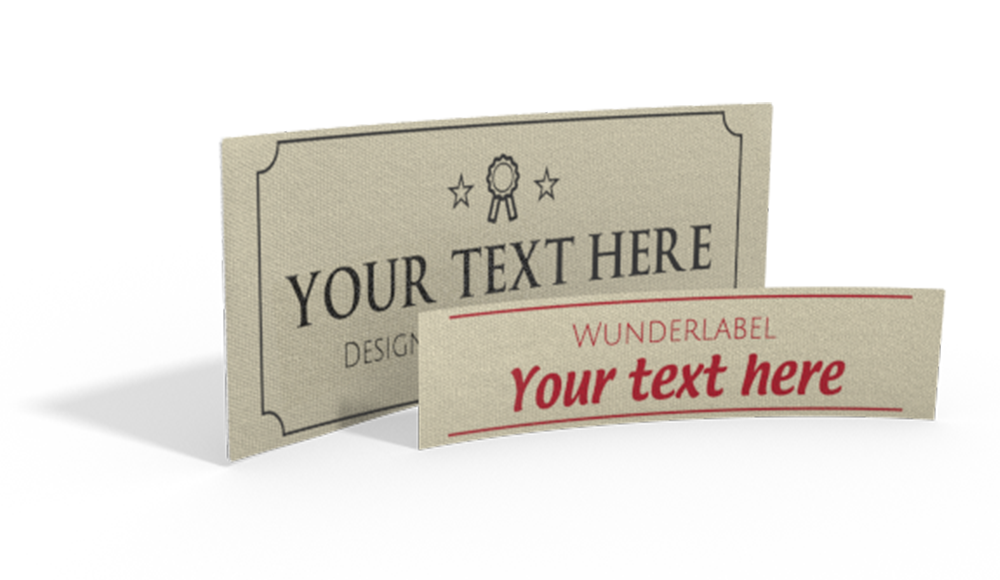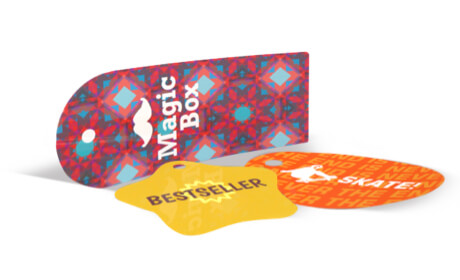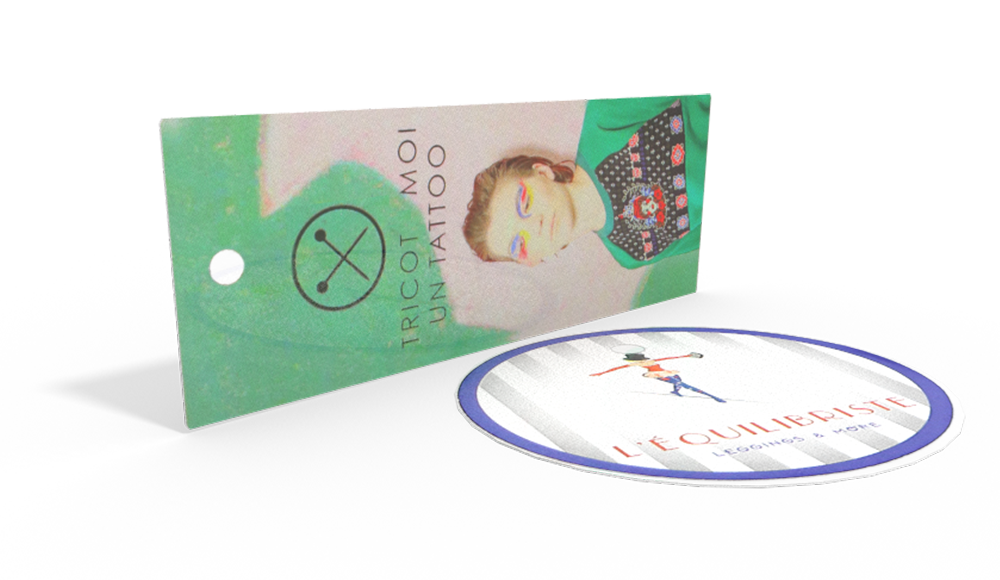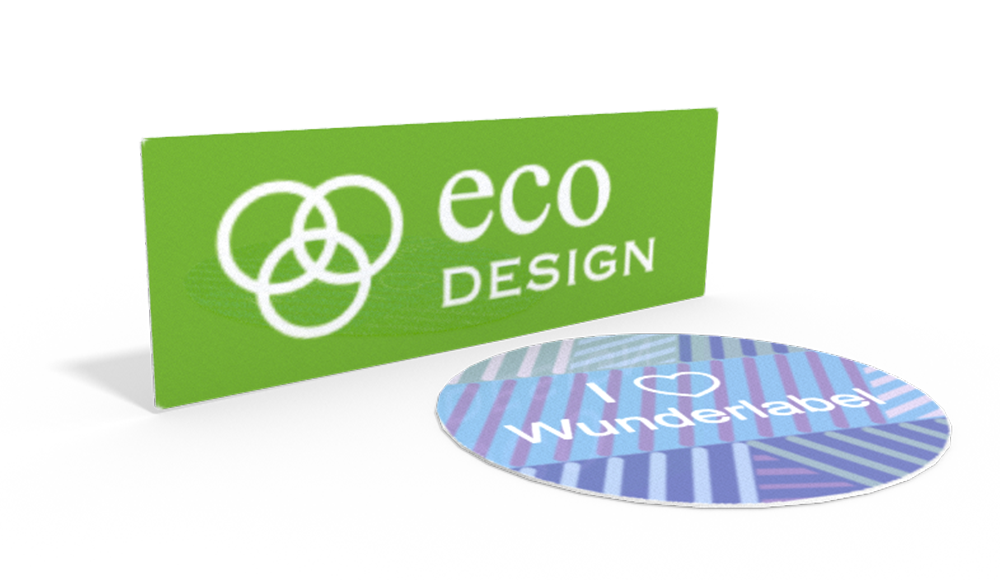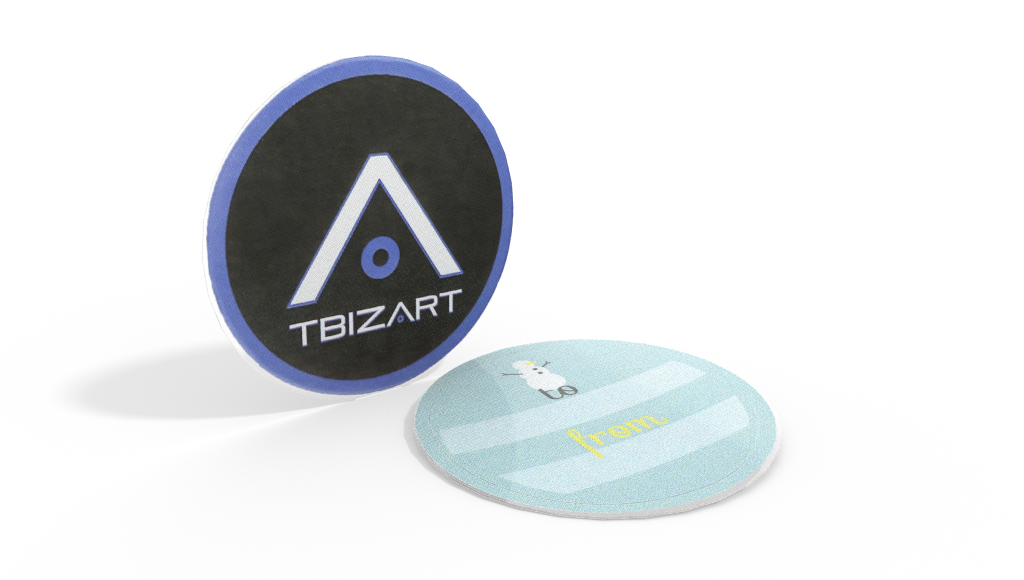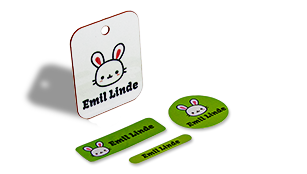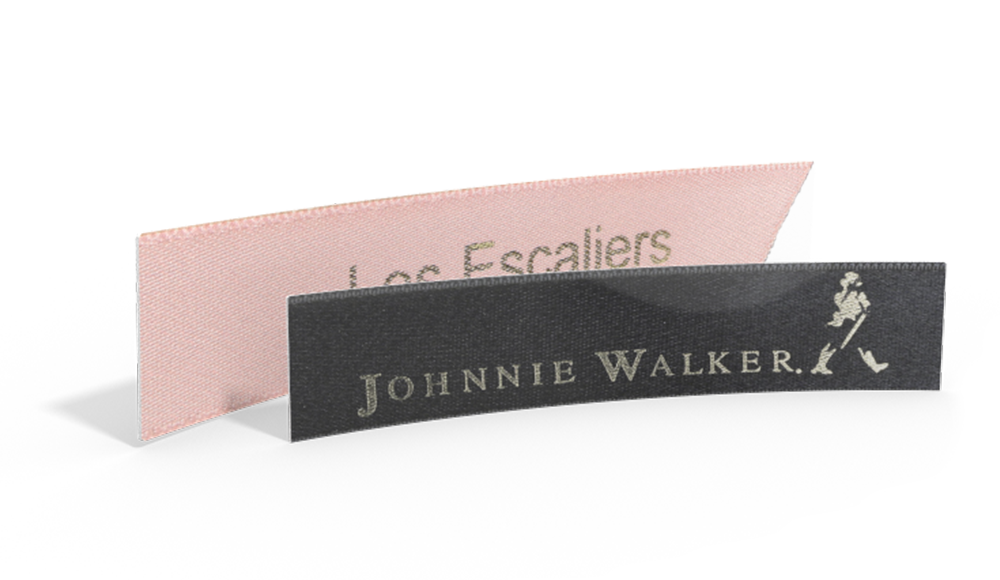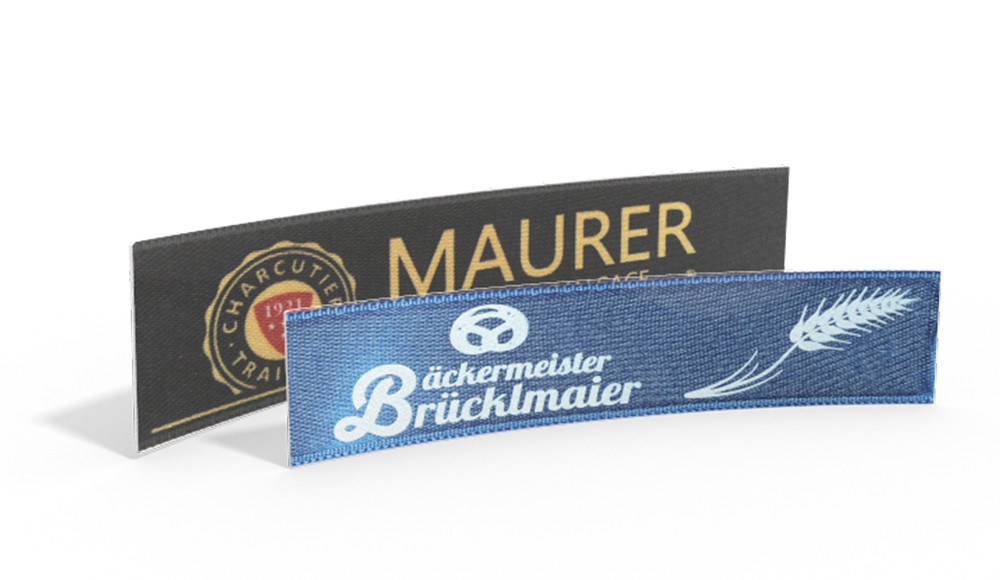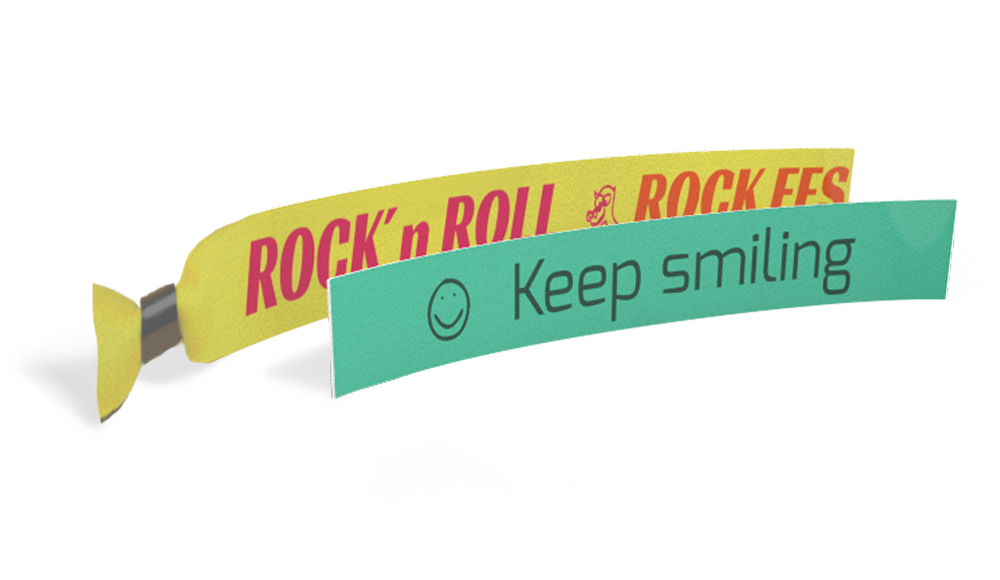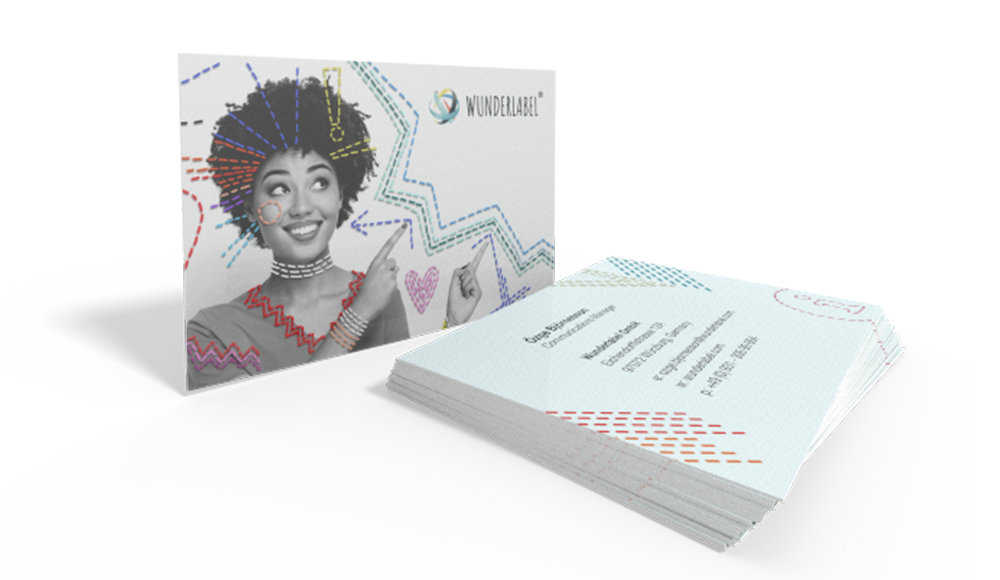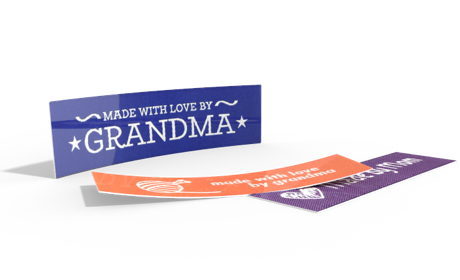"So many quilt patterns, so little time!"
You will need:
- The fabrics you chose last month
- Grid paper and colouring pencils
- Either:
- rotary cutter, self-healing mat & ruler
OR
- fabric scissors, ruler, fabric marker or chalk
- An Iron
- Leather label
Other posts you´ll need:
- How to Make a Quilted Throw Pillow: A 5 Post Series
- How to Make a Quilted Throw Pillow: Post 1: Fabric
- How to Make a Quilted Throw Pillow: Post 3: Sewing the Front
- How to Make a Quilted Throw Pillow: Post 4: Quilting
- How to Make a Quilted Throw Pillow: Post 5: Sew the Pillow
This month, we’re going to prepare the fabric for your throw pillow, so that they are ready to sew together next month. First, we’ll mock up the design so you can decide which fabric is going to go where. The basic design we’re using is a pinwheel made up of half-square triangles, which are square blocks made up of two triangles sewn together along the long side. This is a common basic quilt block and can be used in various ways to create a multitude of different patterns. Draw the outlines of the block several times, as shown below, so that you can trial a few designs to see what you like best. Use the gridlines to help make your blocks all the same size. You can even try turning some of the sub-blocks to make different patterns, as shown.
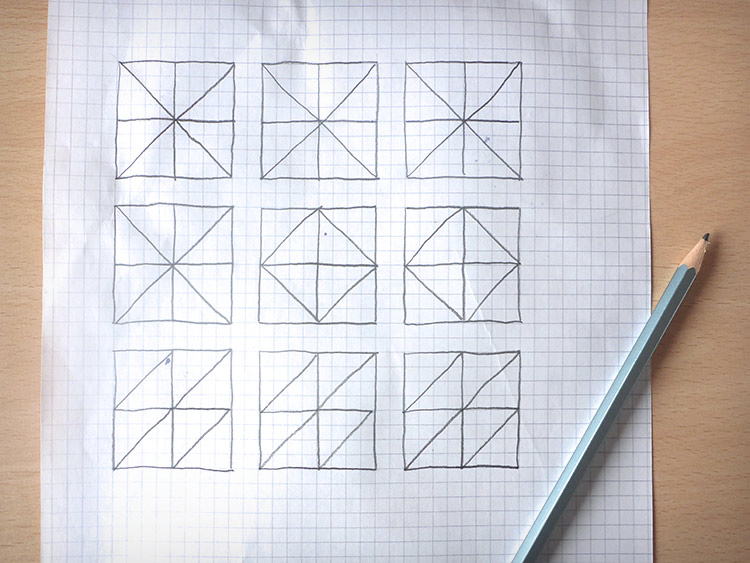
Use colouring pencils to shade the sections of the block according to your chosen fabrics. You don’t need to copy the fabric exactly, find the closest colour match you can and shade harder for darker fabrics and lighter for more pastel shades. Once you’ve tried a few different layouts, choose a final design and note the number of triangles you’re going to need of each fabric. We are going to make the design on the far left in the middle row, so will need two triangles of each of our four fabrics.
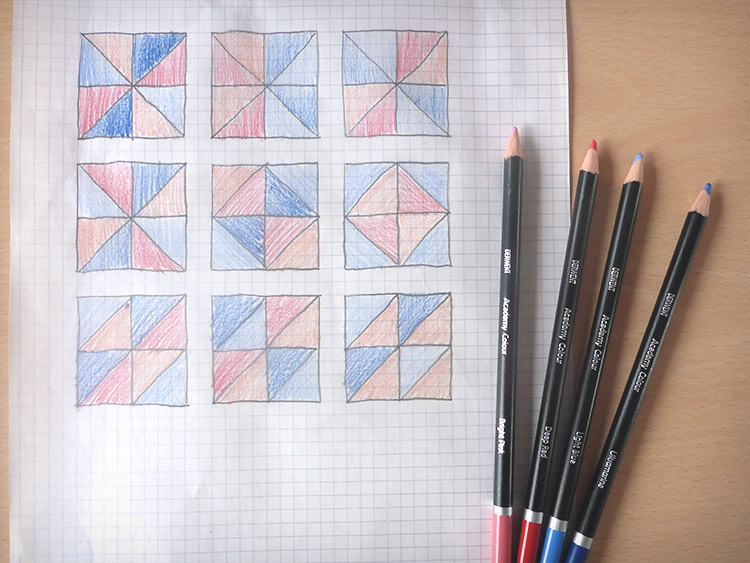
Each triangle is half of a square of fabric measuring 25cm (10in) on each side (once seam allowance is taken into account, the final size will be just right for your pillow cover). So, if you have 2 triangles of a fabric in your design, you will need one 25cm (10in) square. For 4 triangles, you would need two 25cm (10in) fabric squares. If your fabric is creased or wrinkled, press it flat before cutting.
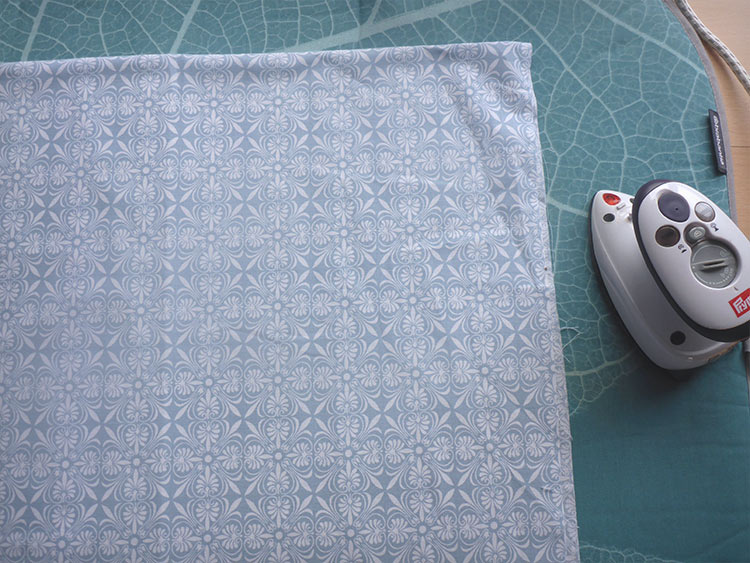
For cutting your fabric, there are two options:
Option 1: rotary cutter. Unfold your fabric and lay it out flat in a single layer on your cutting mat. First, trim off the selvedge. Place your ruler parallel to the selvedge as shown below and trim it off – around 2-3cm (1in) is usually enough). Now use the markings on your cutting mat to cut a strip measuring 25cm (10in) wide. Trim off any loose threads or crooked edges, then cut as many 25cm (10in) squares as required. Repeat for all the fabrics you’re using.
Learn about selvedge here.
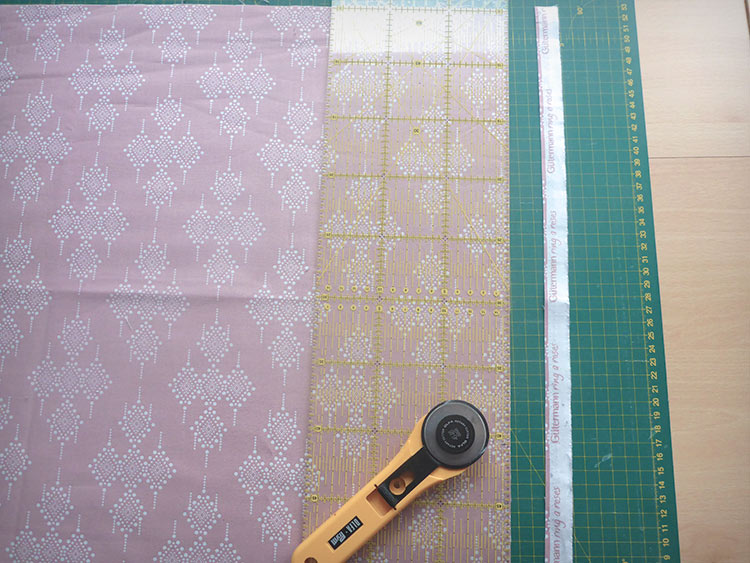
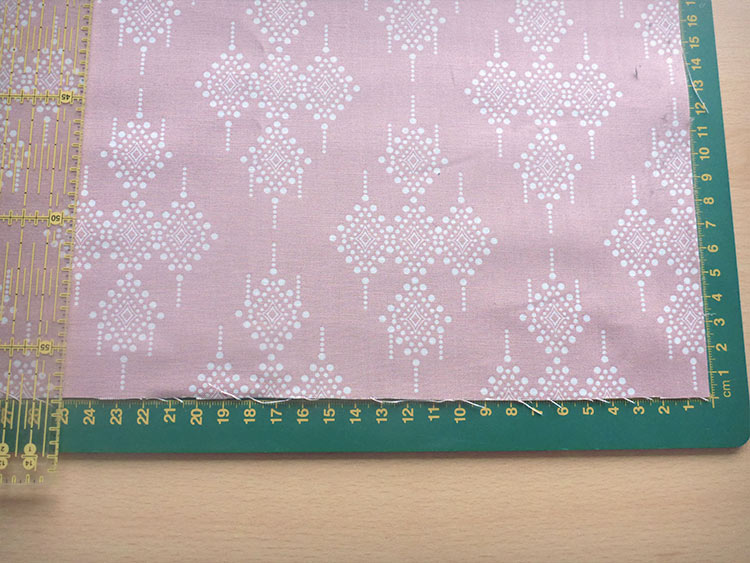
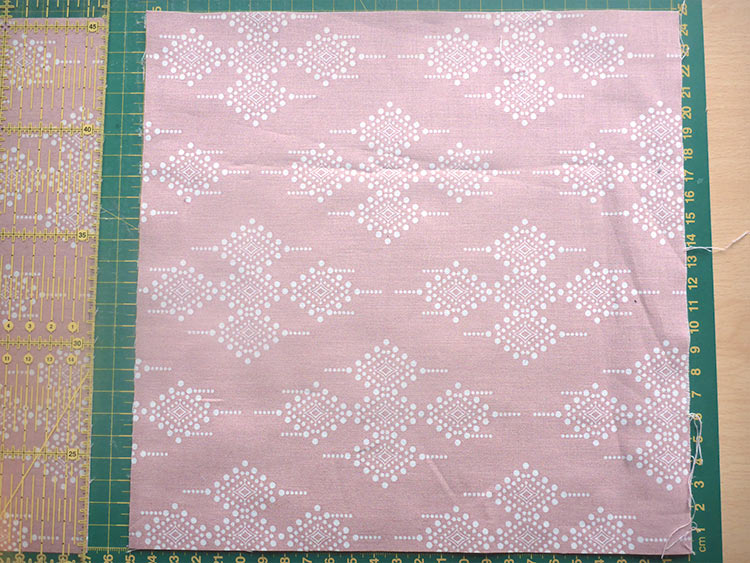
Option 2: scissors. Unfold your fabric and lay it out flat in a single layer. Use your ruler and fabric marker or tailor’s chalk to draw two parallel lines 25cm (10in) apart parallel to the selvedge. The first line should be just inside the selvedge. Now draw lines 25cm (10in) apart to create as many squares as you need for your project. Cut carefully and accurately along the lines. Repeat for all the fabrics you’re using.
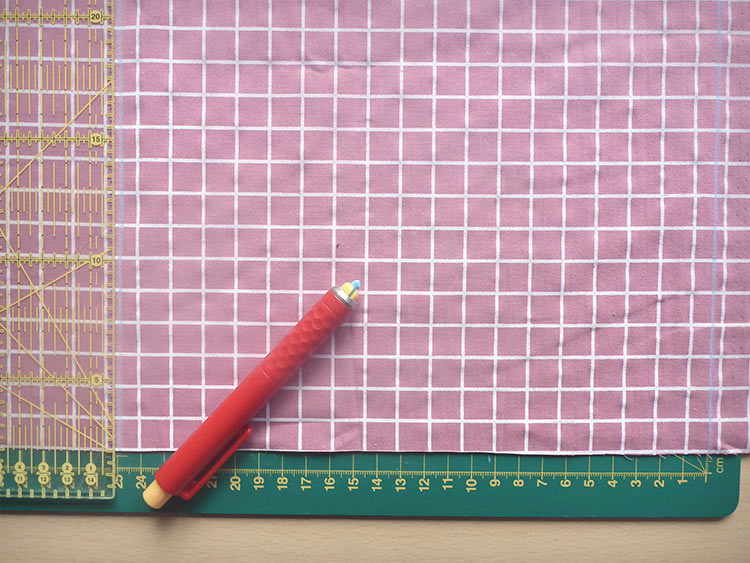
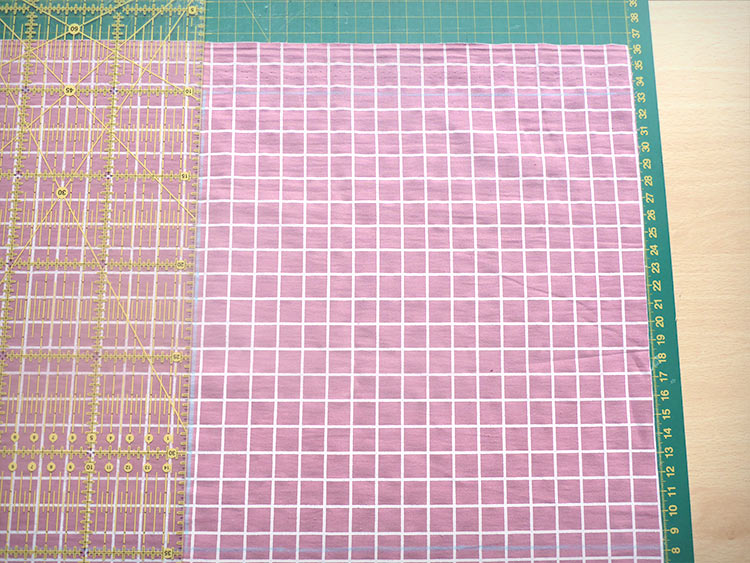
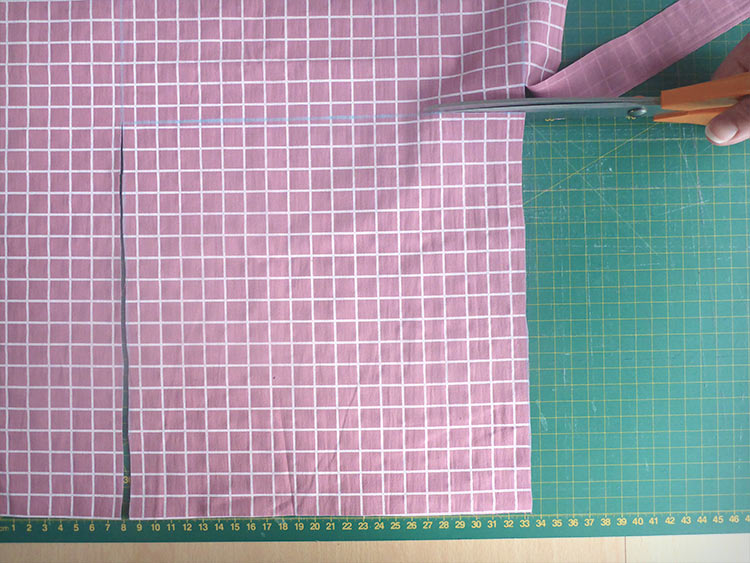
DON’T cut your squares into triangles yet, this will happen after they are sewn together. If you cut them into triangles already, the diagonal edges will be what are known as bias edges (picture 3). These are edges cut along directions on the fabric which do not run either parallel to or perpendicular to the selvedge. They are stretchier than either straight grain (parallel to the selvedge - picture 1) or cross-grain (perpendicular to the selvedge - Picture 2) edges, as you can feel if you try tugging on your fabric diagonally. This can cause problems when sewing them together, as they may stretch and distort the seam as you sew. For this reason, we will sew the squares together first and then cut them apart afterwards!
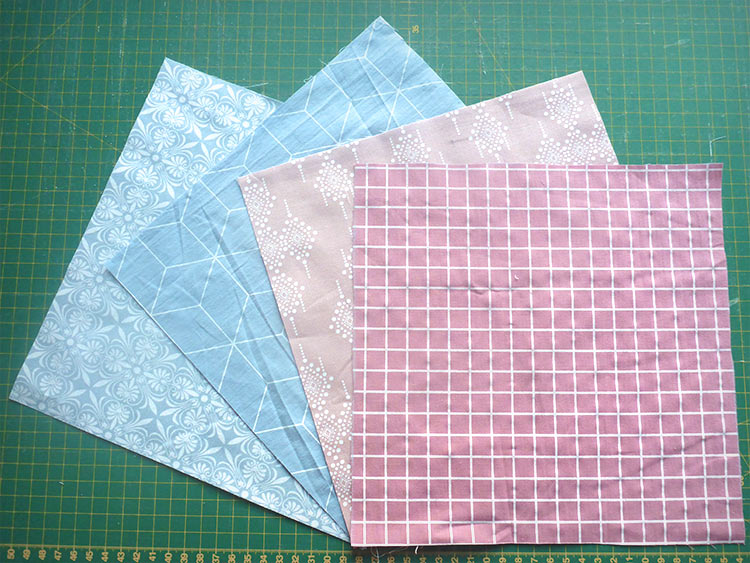
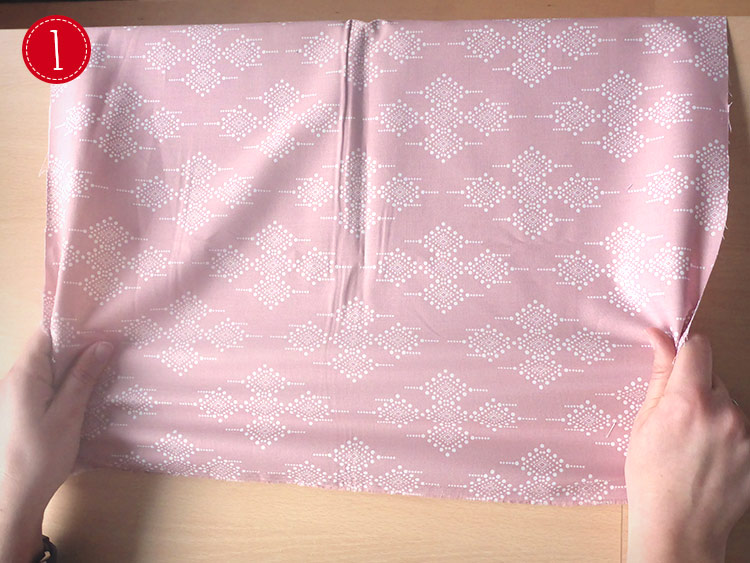
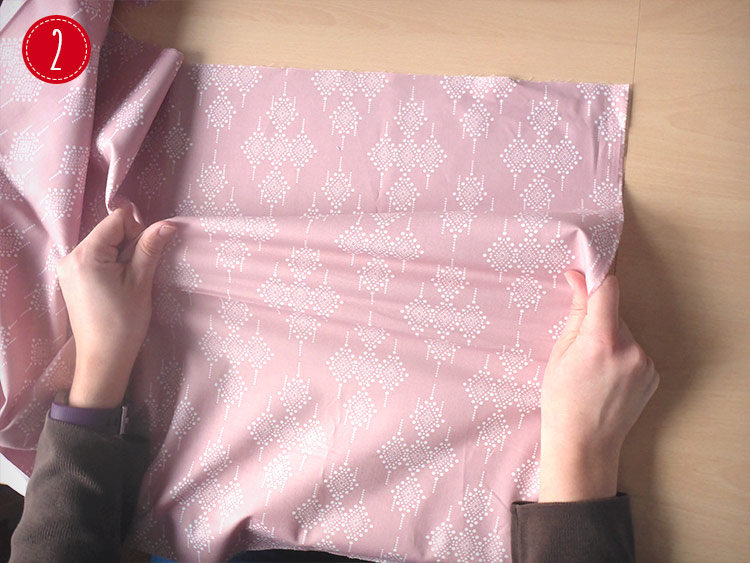
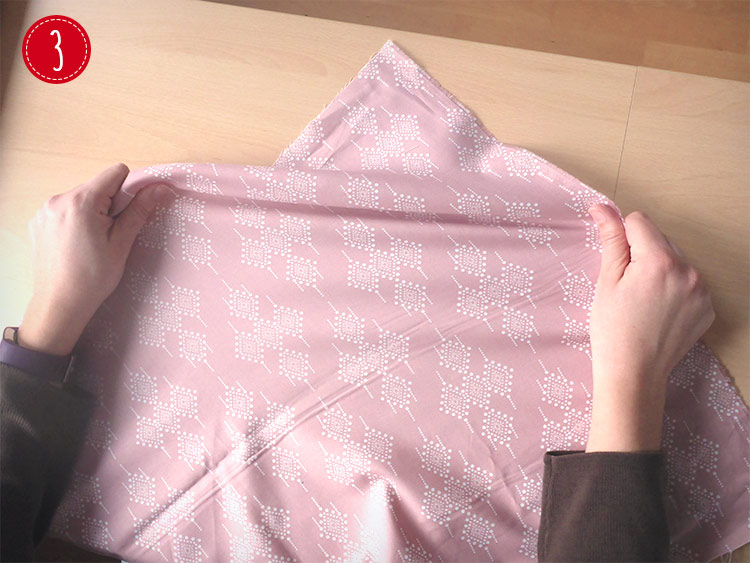
You’re also going to need to cut fabric for the reverse of the pillow and the backing for the quilted side. Using whichever cutting method you prefer, cut the following pieces of fabric:
*Two pieces each measuring 30cm x 47cm (12in x 18.5in) for the reverse of the pillow – you can use two different fabrics if you like
*One piece measuring 47cm x 47cm (18.5in x 18.5in) for the backing of the quilted side (will be inside the finished cushion, so you can use scraps of unwanted or ugly fabric if you happen to have any lying around!)
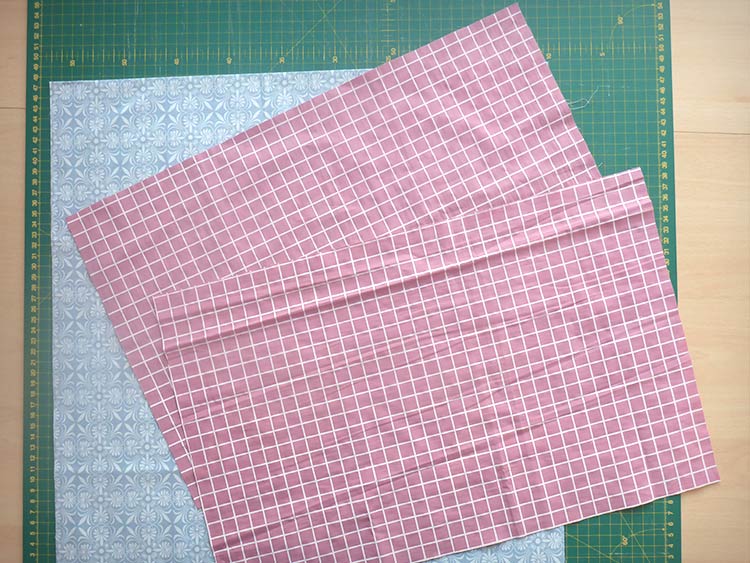
Stay tuned for post 3 in the series coming soon!
Do You want to save this idea for later?
Simply bookmark the link to this blog post or add it to your "Favourites" so that you can quickly find it in your browser later.
Here is how to save the tutorial:
- On your computer: Click on the asterisk or the three dots in the top right hand corner or on the book icon in the top left hand corner (depending on the browser you use).
- On your Android smartphone: Click on the three dots in the top right hand corner and then on the asterisk.
- On your iPhone: Click the book icon at the bottom and add the link to your bookmarks or book list.


